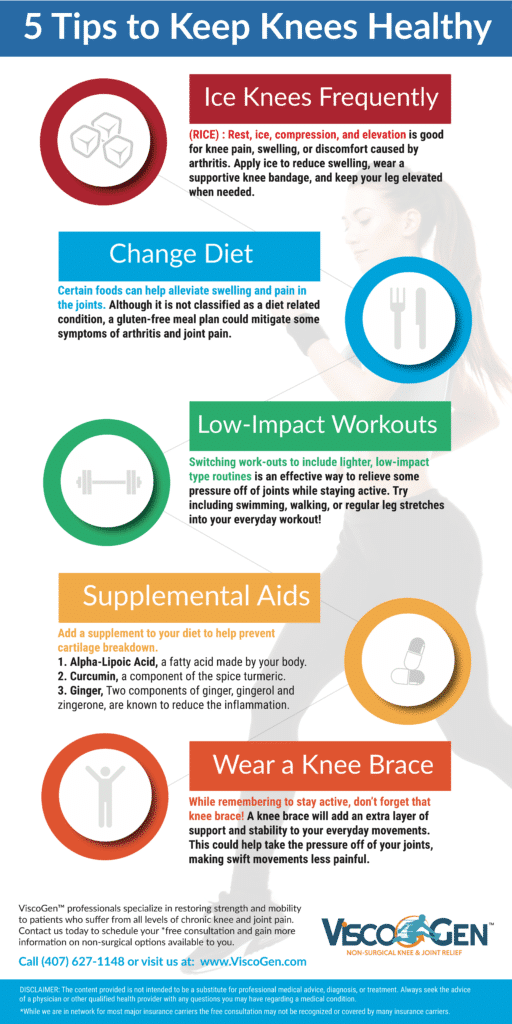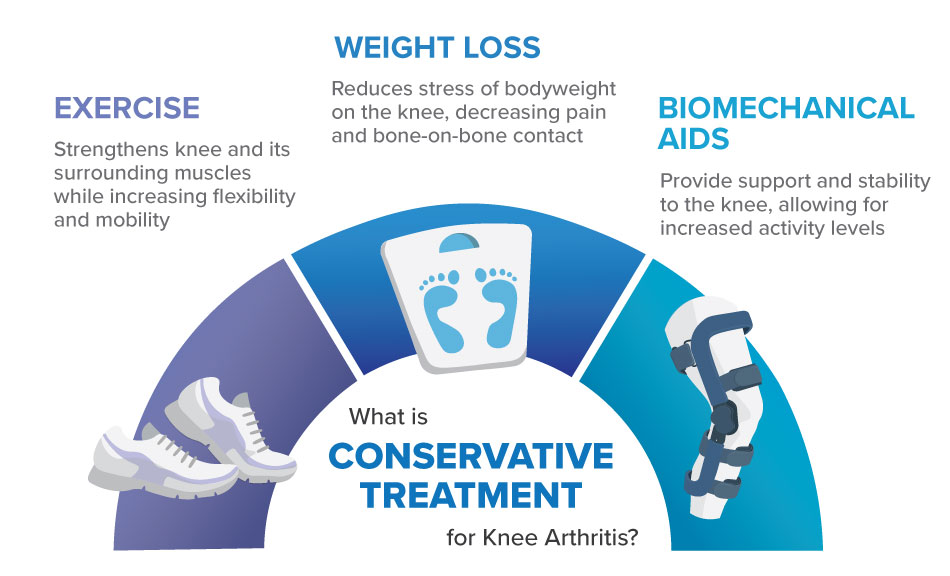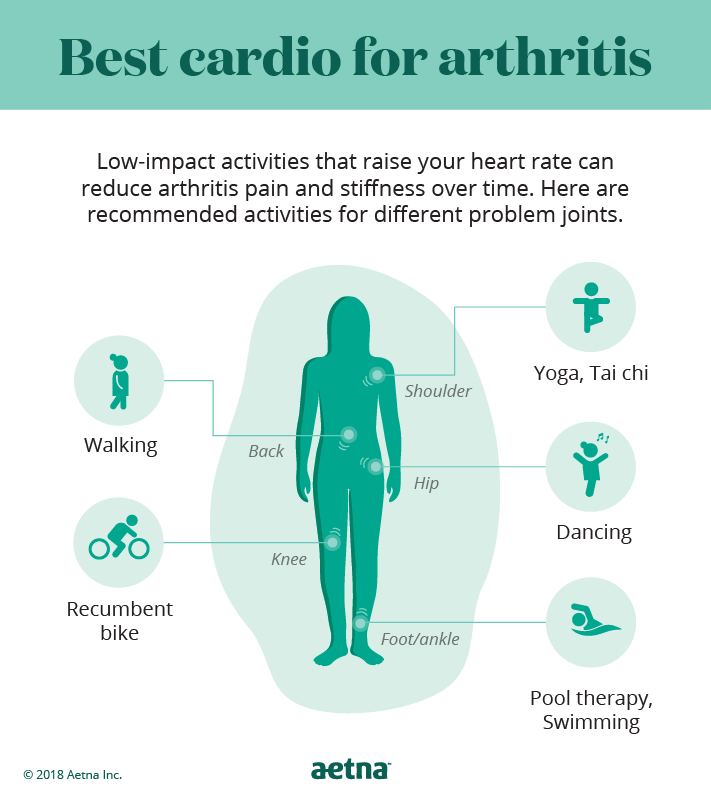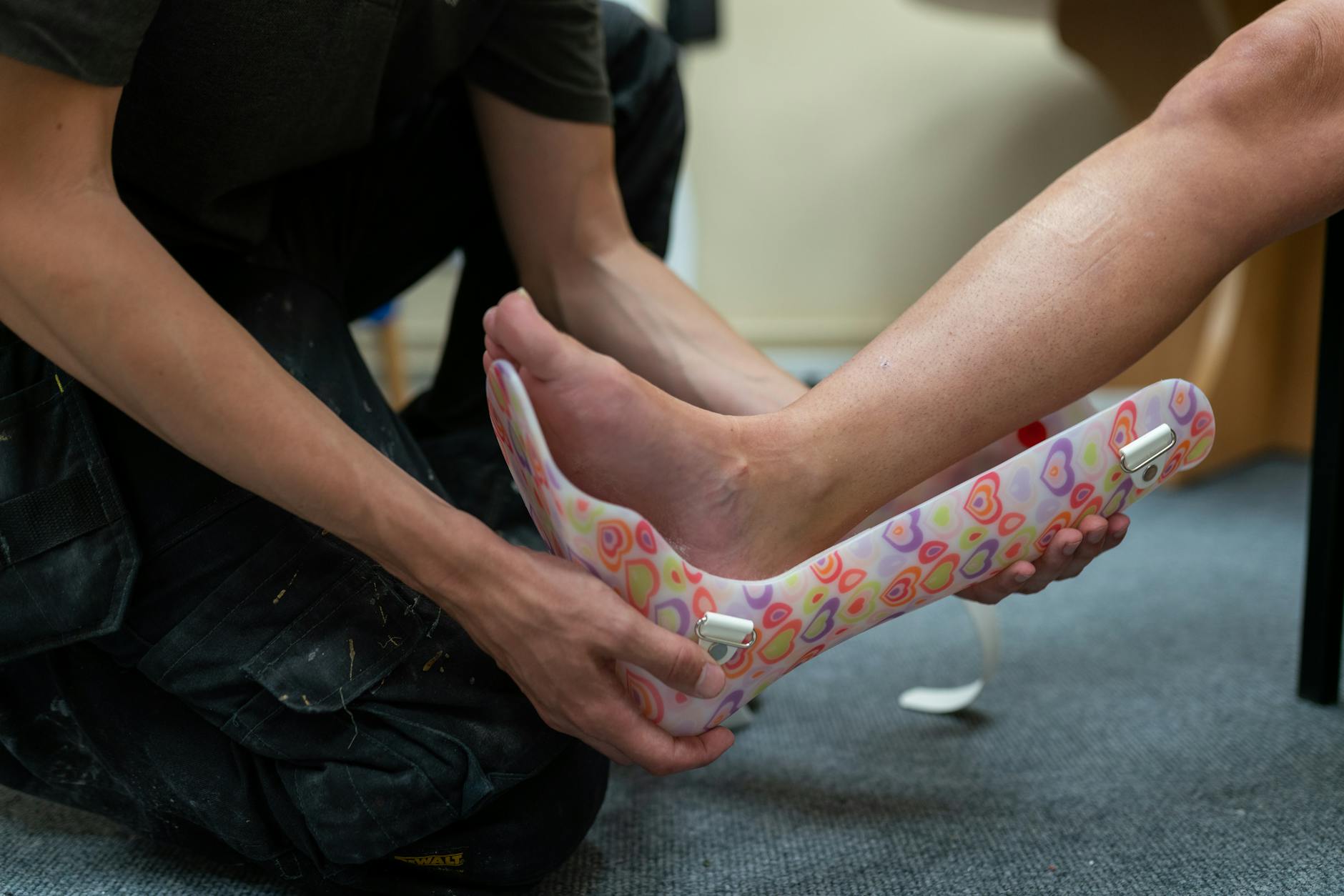Discover the top strategies for easing knee pain that will have you moving freely and comfortably in no time!
Table of Contents
- Introduction: Understanding Knee Pain
- What is Knee Pain?
- Common Causes of Knee Pain in Kids
- Ways to Keep Your Knees Healthy
- Activities to Strengthen Your Knees
- Deal with the Pain: Simple at-home Strategies
- When to See a Doctor
- Understanding Lower Back Pain
- Eating for Healthy Joints
- Conclusion: Summing Up Knee Care
- FAQs
Introduction: Understanding Knee Pain
In this blog post, we will delve into the world of knee pain and why it is crucial to care for our joints. Have you ever experienced a sore knee after running around outside or playing sports? That’s what knee pain feels like. Joints are like the hinges that help our bodies move, and the knees, in particular, do a lot of hard work every day. So, it’s essential to understand knee pain and how to take care of our joints to keep them healthy and strong.
What is Knee Pain?
Knee pain is when you feel a discomfort or ache in or around your knees. It can happen to anyone, including kids like you! Your knees are super important because they help you walk, run, jump, and play.
Why Knees Hurt
There are a few reasons why your knees might hurt. Sometimes, your knees can be sore from playing sports or running around too much. Other times, if you fall or hit your knee, it can also hurt. It’s like a signal from your body that something might not be right with your knee.
Common Causes of Knee Pain in Kids
When kids experience knee pain, it can be concerning for both them and their parents. There are several common causes of knee pain in children that are important to understand. Let’s explore some of these causes:

Image courtesy of viscogenorlando.com via Google Images
Injuries and Accidents
One of the most common reasons why kids may have knee pain is due to injuries and accidents. Whether it’s from falling while playing outside or getting hurt during sports activities, these incidents can lead to pain and discomfort in the knees.
Arthritis in Kids
Although often associated with older adults, arthritis can also affect children. Juvenile arthritis, including types like osteoarthritis or rheumatoid arthritis, can cause inflammation in the joints, including the knees. This inflammation can result in pain and stiffness, making everyday activities more challenging for kids.
Ways to Keep Your Knees Healthy
Keeping your knees healthy is essential for moving comfortably and staying active. Here are some simple tips to help you maintain strong and pain-free knees:
Stay Active
Regular physical activity is crucial for keeping your knees healthy. Try to engage in activities like walking, biking, or dancing that are gentle on your joints.
Maintain a Healthy Weight
Carrying excess weight puts added pressure on your knees, leading to strain and potential pain. By eating a balanced diet and staying active, you can help keep your weight in check and reduce stress on your knees.
Practice Good Posture
Proper posture is key to prevent unnecessary strain on your knees. Sit and stand up straight to maintain alignment in your body, which can help distribute weight evenly and reduce the risk of knee pain.
Wear Supportive Shoes
Choose footwear that provides adequate support and cushioning for your feet and knees. Shoes with good arch support and proper cushioning can help absorb shock and reduce strain on your knees while walking or running.
Strengthen Your Leg Muscles
Performing exercises that target the muscles around your knees, such as squats and lunges, can help improve knee stability and prevent injuries. Building strength in your legs can also support your knees during daily activities.
Activities to Strengthen Your Knees
Keeping your knees strong is vital for staying active and healthy. Here are some simple activities you can do to help strengthen your knee joints.

Image courtesy of springloadedtechnology.com via Google Images
Stretching Exercises
Stretching exercises can improve the flexibility of your knee joints and reduce the risk of injuries. Try simple stretches like touching your toes, reaching for the sky, or even doing some gentle leg lifts. These exercises can make your knees more flexible and strong.
Low-Impact Sports
Participating in low-impact sports like swimming can be great for your knees. Swimming is a fantastic way to keep active while being gentle on your joints. The movements in the water can help strengthen the muscles around your knees without putting too much stress on them. So, why not splash around and have fun while taking care of your knees?
Deal with the Pain: Simple at-home Strategies
In times when your knees are bothering you and you need some relief, there are simple things you can do at home to ease the pain. It’s important to remember that if you have conditions like high blood pressure, you should be cautious and talk to an adult before trying these strategies.
| Strategy | Description |
|---|---|
| Physical Therapy | Custom exercises and stretches to strengthen muscles and improve flexibility |
| Hot/Cold Therapy | Alternating between hot and cold treatments to reduce inflammation and alleviate pain |
| Weight Management | Losing excess weight to reduce pressure on the knees and decrease pain |
| Proper Footwear | Wearing supportive shoes with cushioned insoles to reduce impact on the knees |
| Anti-Inflammatory Diet | Eating foods rich in omega-3 fatty acids and antioxidants to reduce inflammation in the body |
The Magic of Rest
Sometimes, all your knees need is some rest. By taking a break from activities that put strain on your knees, you can give them a chance to heal and feel better. So, kick back, relax, and give your knees the rest they deserve!
Cold Packs and Warm Compresses
Applying a cold pack to your knees can help reduce inflammation and numb the pain. Simply wrap an ice pack in a towel and gently press it against your knees for about 15-20 minutes. On the other hand, using a warm compress can help relax tight muscles and increase blood flow to the area. You can use a heating pad or a warm towel for this purpose. Remember, always have an adult supervise when using heat or cold therapies!
When to See a Doctor
In some cases, knee pain might go away with rest and simple at-home strategies. However, there are times when the pain in your knees may be a sign of a bigger problem that requires a doctor’s attention.

Image courtesy of www.linkedin.com via Google Images
Big Owies and Continual Hurts
If your knee pain persists even after you’ve tried resting and using heat or cold packs, or if the pain is severe and limits your ability to move or do your usual activities, it might be time to see a doctor. They can help figure out what’s causing the pain in your knees and recommend the best treatment for you.
Understanding Lower Back Pain
Lower back pain is when you feel discomfort or ache in the area between your ribs and your legs. Sometimes, lower back pain can make it hard to move around comfortably. Carefulness in using our bodies is significant as each part plays a vital role in our overall health and well-being, and our lower back is no exception.
Why Lower Back Hurts
Lower back pain can happen for many reasons, such as picking up something heavy incorrectly or sitting in a bad position for too long. Sometimes, the way we move or stand might put extra pressure on our lower back, leading to discomfort.
Eating for Healthy Joints
When we talk about keeping our joints healthy, what we eat plays a vital role. Just like our bodies need the right fuel to run smoothly, our joints also benefit from a healthy diet. By making smart food choices, we can support our joint health and keep them strong.

Image courtesy of www.aetna.com via Google Images
Veggies and Fruits
One of the best ways to support your joints is by eating plenty of vegetables and fruits. These colorful foods are packed with vitamins, minerals, and antioxidants that help reduce inflammation in your joints. Inflammation can lead to pain and stiffness, so by including more veggies and fruits in your diet, you can help your joints stay healthy.
Conclusion: Summing Up Knee Care
Throughout this blog post, we have talked about the importance of taking care of our knees and overall joint health. By understanding what knee pain is and the various factors that can contribute to it, we can better equip ourselves with the knowledge to manage, prevent, and alleviate discomfort. Let’s recap some key points we discussed:
Summary of Tips for Healthy Knees
Remember to engage in activities that strengthen your knees, such as stretching exercises and low-impact sports like swimming. Additionally, paying attention to your diet and including plenty of veggies and fruits can aid in maintaining healthy joints. When dealing with knee pain, simple strategies like rest, using cold packs, and warm compresses can offer relief. It is also crucial to know when it’s time to seek medical help, especially if the pain persists or worsens.
Take Care of Your Knees
Your knee joints play a vital role in keeping you active and mobile, so it’s essential to give them the attention and care they deserve. By incorporating these tips into your daily routine, you can support your joint health and potentially reduce the risk of developing chronic conditions like osteoarthritis or rheumatoid arthritis. Remember, a proactive approach to knee care can lead to a happier and healthier future!
FAQs
Is knee pain common in kids?
Knee pain is not uncommon in kids, especially those who are active in sports or have experienced minor injuries. It’s important to pay attention to any persistent or severe knee pain and seek medical advice if needed.
Can playing sports make knee pain worse?
Sometimes, playing sports that involve a lot of running or jumping can put extra strain on your knees, leading to pain or discomfort. It’s essential to warm up properly before playing sports and to take breaks if you feel any pain.
How can I tell if I need to see a doctor for my knee pain?
If your knee pain is severe, lasts for a long time, or is accompanied by other symptoms like swelling or difficulty moving your knee, it’s a good idea to see a doctor. They can help diagnose the cause of your pain and recommend the best course of treatment.





